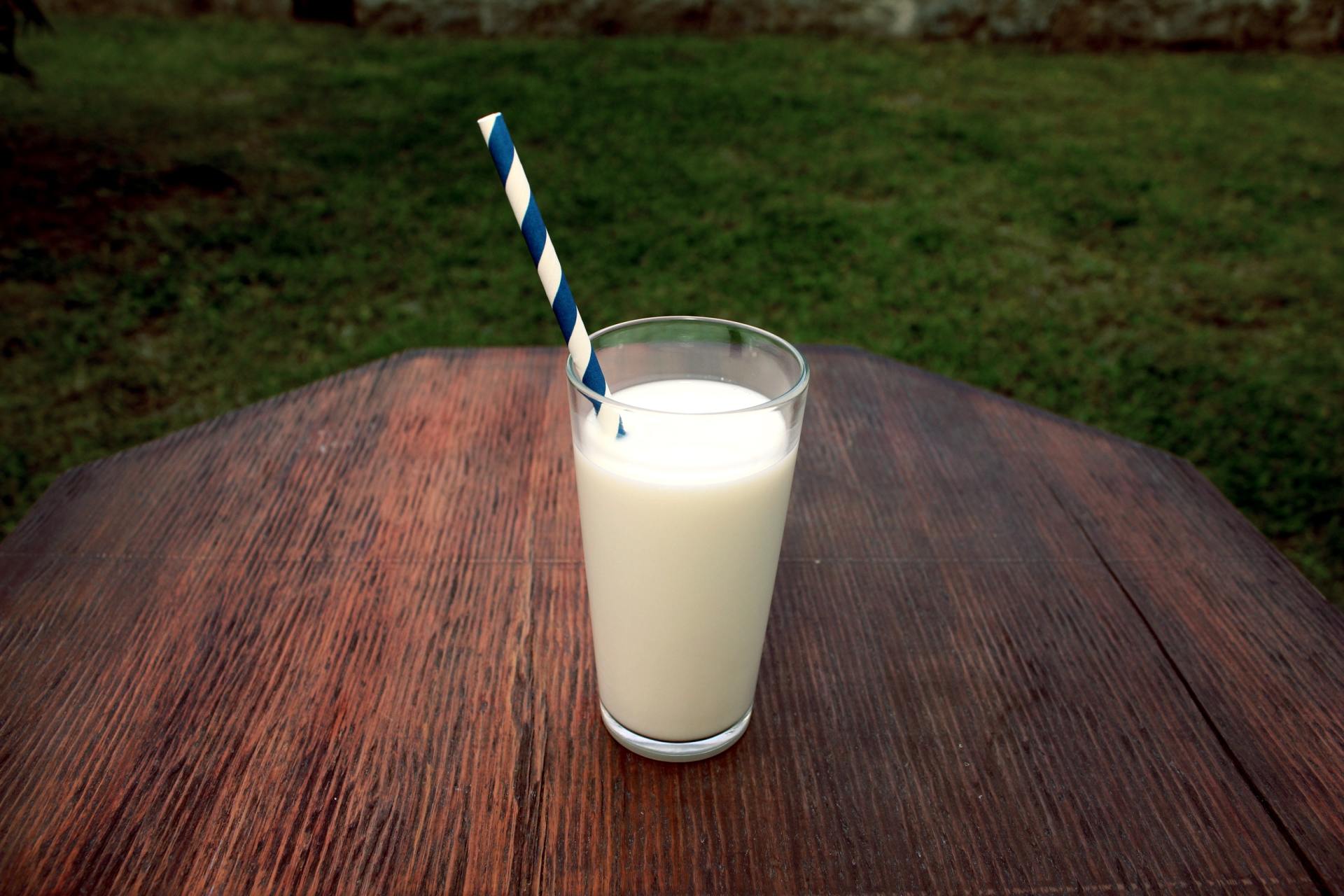1MG FlippingBooks
World Milk Day to emphasise the crisis faced by the QLD dairy industry
The Queensland Dairyfarmers’ Organisation (QDO) is using tomorrow’s World Milk Day to highlight the desperate state of the Queensland dairy industry.
World Milk Day, which takes place on June 1, is a day established by the United Nations’ Food and Agriculture Organisation that seeks to recognise the importance of milk as a global source of nutrition. The Day aims to celebrate the contributions of the dairy industry, including:
·The role of milk in ensuring good health and nutrition
·Farmers caring responsibly for their communities, the land and their animals
·Sustainability practices in the dairy sector
·The industry’s contribution to economic development and livelihoods.
However, this year QDO has pushed for World Milk Day to emphasise the crisis currently faced by Queensland’s dairy sector. Drought conditions and low farmgate prices for raw milk have driven many farmers out of the industry, forcing processors to import milk from interstate to meet domestic market consumption.
65 per cent of Queensland is now drought declared and the Bureau of Meteorology has warned that unseasonable falls are unlikely in the coming months. This means farmers continue to struggle with the price of feed, an issue which has been exacerbated by national contention over water for irrigation.
Although the QDO acknowledges that the end of $1 per litre milk was a win for dairy farmers in Queensland, it notes that only around 30 per cent of most farms’ milk allocated to private label brands will receive the 10 cent price increase. Therefore, on average farmers are only receiving around three cents more per litre across their full volume.
“Unfortunately, help has come too late for many farmers and we’ve lost the ability to supply 100 per cent Queensland made milk unless farmers can make a sustained profit,” says QDO Vice President Matthew Trace. “While our farmers appreciate the price increase and appreciate the support that consumers have shown, the 10-cents increase needs to be applied to all the milk we produce.”
To find out more about the dairy industry’s strategic plan for its future, click here.

















